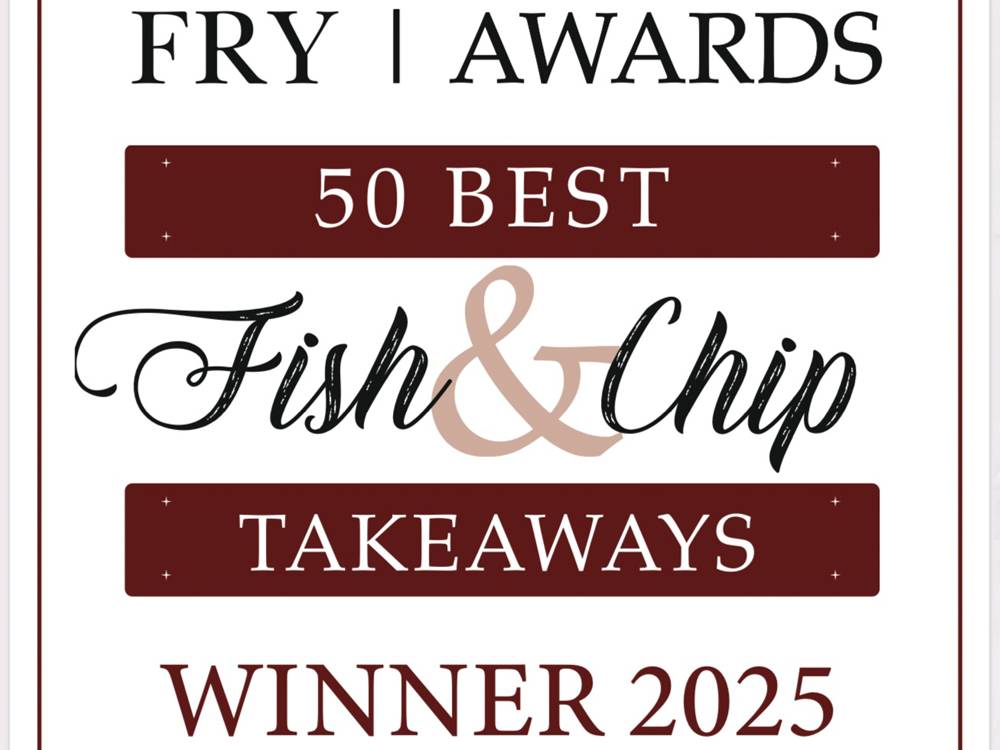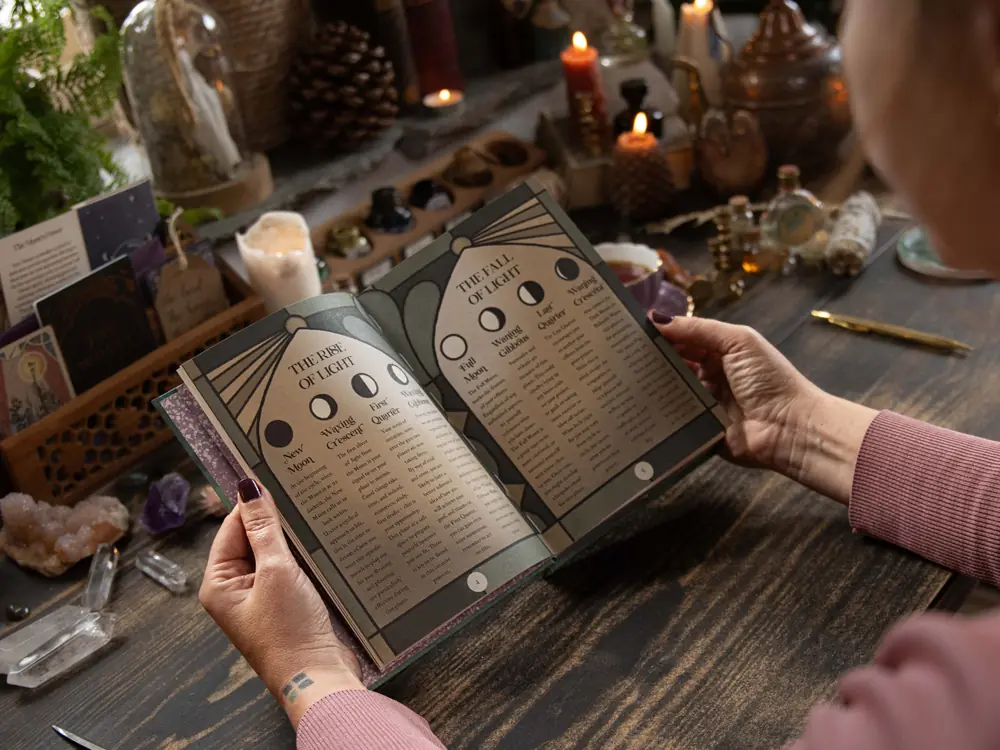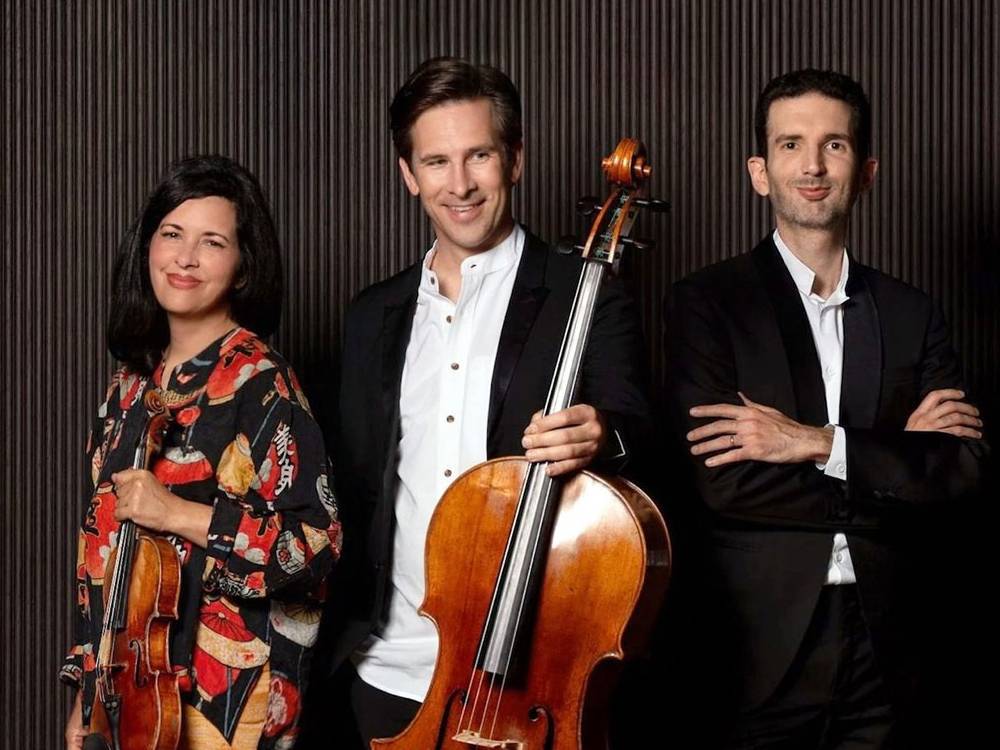Round and About’s resident wine columnist, Giles Luckett, gives his recommendations on the best luxury champagnes of 2024
Hello. As regular readers of this column know, I’ve a bit of a thing for champagne. A ‘thing’ in the same way that flowers have a bit of a ‘thing’ for sunlight. While I am passionate about most wines, there’s nothing to match the delicacy, complexity or pure pleasure of a great glass of champagne. So, you can imagine my excitement when I was asked to a tasting of the Louis Vuitton Moet Hennessy (LVMH) champagne portfolio. This was my Golden Ticket event and while there weren’t any sweets on offer, I did feel like a very big kid in the world’s greatest sweet shop.
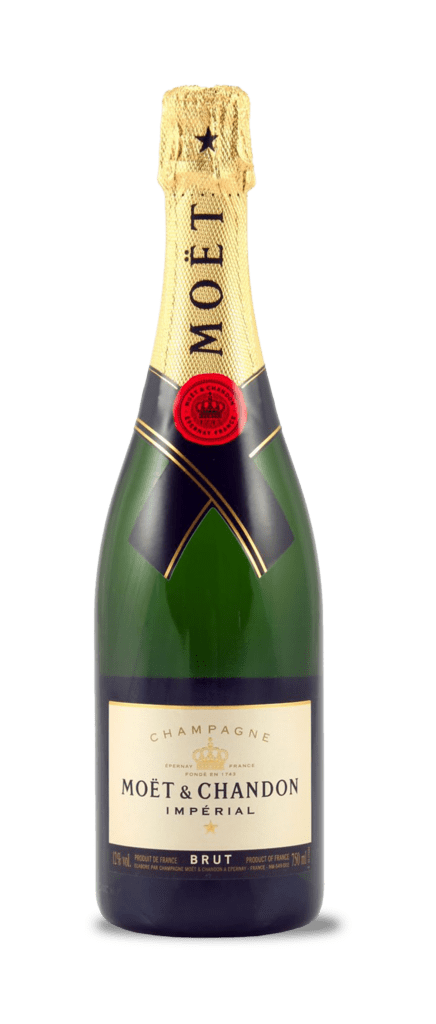
All the wines on show were hugely impressive. The Moët & Chandon Brut Imperial (Majestic £48) was in great form and the Ruinart Rosé (Majestic £80) will be on my dining table again this Christmas. For this piece though, I’m going to focus on the rare prestige cuvee wines such as Dom Perignon and Krug. I’ve tasted, reviewed, bought and sold hundreds of these luxurious wines over the years and the question I’ve often been asked is, ‘Are they worth the money?’ My answer’s always the same, a resounding yes. These are unique, wonderful, awe-inspiring wines that are the perfect centrepiece for a celebration. They are not cheap, but then the finest things in life never are. Anyway, here is a selection of my notes from a very special tasting.
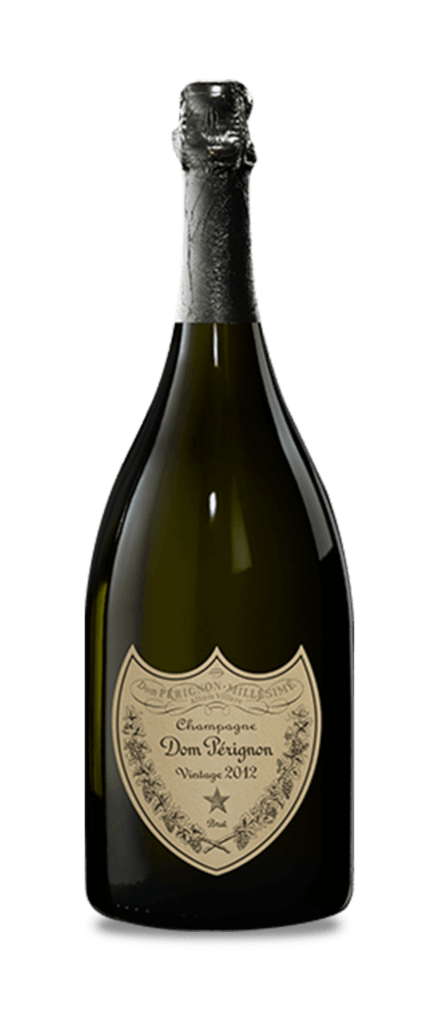
Dom Perignon is arguably the most famous champagne in the world, and its exceptional reputation is well-deserved. The tasting gifted me the opportunity to try not just one Dom Perignon but three. The first one was the Dom Perignon 2012 in magnum (The Champagne Company £475). Magnums, double-sized bottles, are the perfect format for champagne. It allows the wine to develop more slowly and gain greater complexity over time and saves me from getting up and getting a second bottle. 2012 was top-flight vintage and having tried Dom Perignon 2012 in bottle, it was fascinating to taste it from magnum as it felt like I’d gone back in time. The bouquet was joyous, fresh and youthful. Apple blossom, pears, melon, spices and acacia seamlessly came together. In the mouth, it was lively, vigorous, and yet had that seductive silkiness that is one of Dom Perignon’s signatures. The fruit ranged from melon and pear to raspberry and white currant with a chalky, slightly saline seam. Gorgeous now, it has a wonderful future.
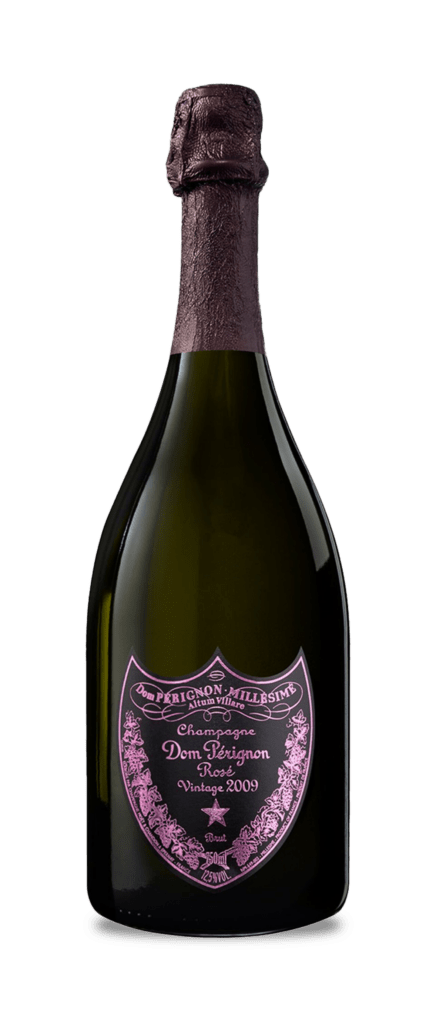
Next was the Dom Perignon Rosé 2009 (Findlays £299) and it was entrancing. Very deep pink, the nose was a seductive blend of red cherries, blackberries, oriental spices and citrus. In the mouth, it has more weight and glycerine than the 2012 and offered layer upon layer of summer pudding, chalky minerals, citrus, and red cherries all of which were shot through with a fruity spiciness. What a time!
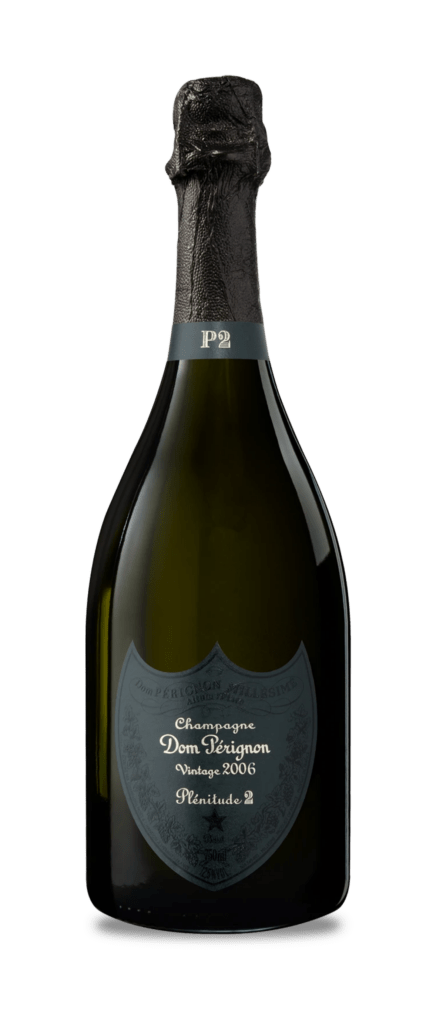
Completing this amazing trio was the Dom Perignon 2006 Plenitude 2 (Millesima £370). Now this is a wine that needs a little explanation, but basically plenitude refers to the wine’s state of evolution. Moët and Chandon leave a small proportion of wines from exceptional vintages in their cellars and release them in their second and third plenitude years after the initial release. Like the 2012 in magnum, this was another taste of history. Bright and bracing on the nose, the yeast and mineral elements were much more apparent. On the palate, the surge of fresh green and red fruits – kiwi, greengage, strawberry, raspberry – were underpinned by ripe, fleshy pears, apricots, plus vanilla, spices, minerals and a touch of lemon curd. A remarkable wine which is all about elegance at this stage, over the coming years it will take on a delicious autumnal fruit and smoke tone that will be quite something.
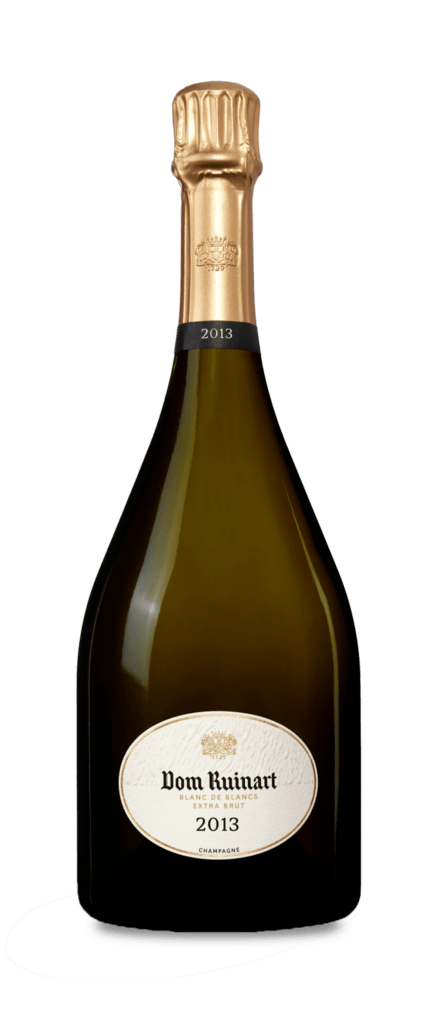
Next is a wine that always delights, the Dom Ruinart Blanc de Blancs Extra Brut 2013 (The Champagne Company £230). Dom Ruinart is the world’s oldest Champagne House, and its wines are impeccable. This is one of their flagship wines and is made exclusively from Chardonnay, a fact that never fails to astonish me given how much weight, depth and complexity this beautiful wine manages to convey. Ghostly pale with minuscule pearlescent bubbles, the bouquet offers fresh pears and red apples alongside lemons and vanilla foam. In the mouth there was a sublime mix of green and yellow fruits, white berries, custard apple, hazelnut, and a tang of sea salt. A hauntingly beautiful wine, its intensity and firm acidity suggest a long life ahead.
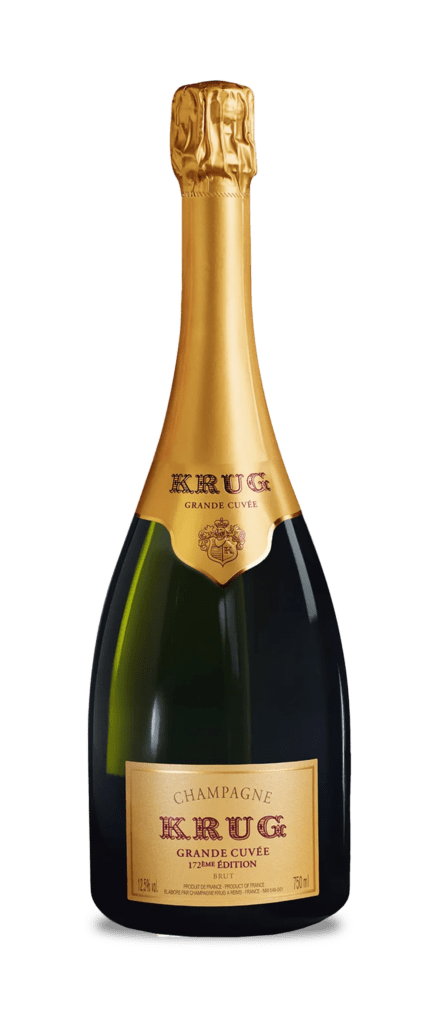
It’s not often that I get to enjoy Krug Grande Cuvee. It’s rare that I get to taste Krug Vintage, and the last time I got to try them against each other TikTok was being touted as the next big thing. Krug is unique. Its combination of power, intensity, elegance and nuance make it unlike any other wine and it’s a champagne that should be on every wine lover’s bucket list. I tasted the Grande Cuvee 172eme Edition (The Finest Bubble £204), the number signifying which iteration it is. These Editions differ as they are made from different vintage wines, in this case from 11 different years. The 172 boasted an expansive bouquet with aromas of lemons, grapefruit, honey, red blooms, apricots and roasted nuts. On the palate, it showed extraordinary complexity and class. Powerful flavours of yellow plums, apples, melon, liquorice, dried pears, red currants and spices. Tremendous now, it will develop and put on even greater richness over the next decade or so.
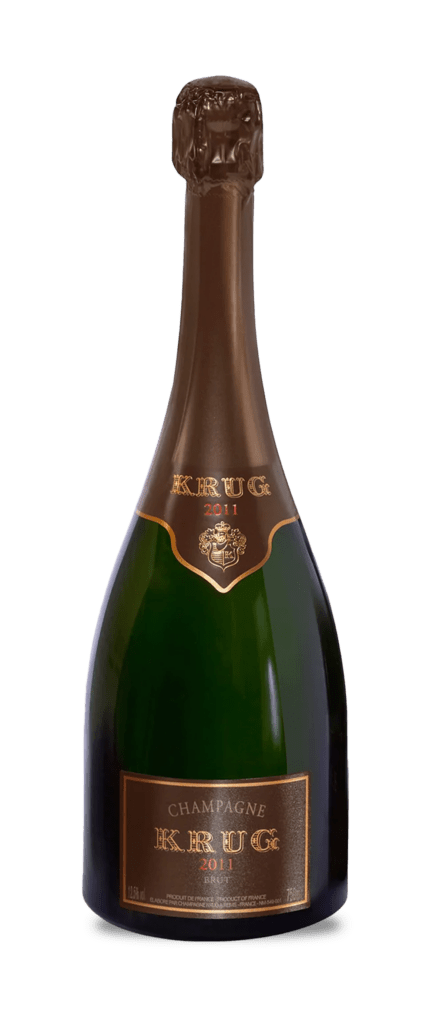
The Krug 2011 (Champagne Direct £350) is destined to be another legendary champagne. Only made in the finest vintages, and then in tiny quantities, Krug vintage always puts in a barnstorming performance. Mid-gold, the surprising freshness on the nose helped keep the masses of tropical fruit, nuts, honey and blackberry notes in check. Mouth-filling, it was all I could do to keep track of what my palate was experiencing. Grapefruit, lemons, raspberries, vanilla, peaches, apricots, strawberries in cream, green herbs, savoury minerals, the list went on and on. Remarkably for all its complexity and breath-taking size, everything was balanced, in perfect proportion, and poised. A showstopper now, it reminded me of a young Grand Cru Burgundy in that for all its immediacy, you know there is so much more to come.
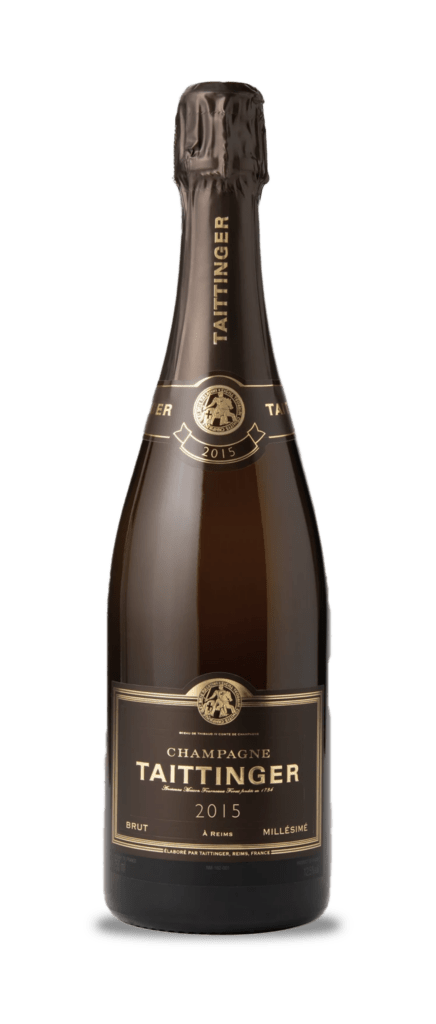
My last recommendation isn’t an LVMH wine, but all that tasting left me with a raging third and when I got home, I opened a bottle of champagne. The last time I had Taittinger 2015 (Slurp £69.95) was at Taittinger a couple of years back. I remembered it being excellent, but I thought it needed more time before it would show its hand, and so it proved to be. The colour is now a rich gold punctuated by pretty amber bubbles that bring forth notes of red apples, peaches, and toasted brioche. In the mouth it’s ripe and rounded, the slight lemony tone of youth having mellowed to peach while the firm raspberry acidity has relaxed to add a lovely strawberry note. Medium-bodied but with wonderful richness and intensity, this was the perfect way to end a perfect day.
Next time out, I’ll be looking at the fantastic Riojas from Beronia.
Cheers!
Giles








